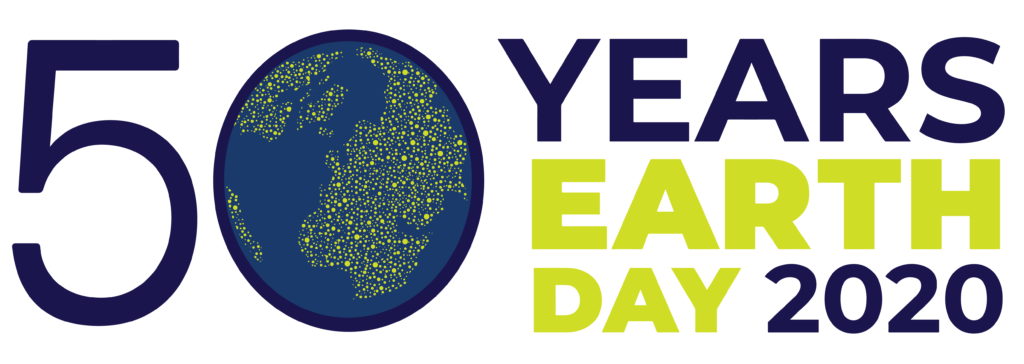Earth Day, Spring cleanup, COVID-19 and Geese!
By Pete LeMoine.

We can celebrate the 50th anniversary of Earth Day outside at home!
The snow has melted, and we are all self-isolating and eager to be out in the fresh Muskoka air! Let’s rake and dig like never before! But wait, we don’t want to damage the environment and our property with this newfound exuberance.
It’s a good idea to hold off on raking your leaves until the temperature is consistently above 10 degrees Celsius because there are many hibernating insects, including pollinators, under the leaf litter. Leave most of the leaves in your garden beds and elsewhere on your property. Leaf litter is like gold when it comes to soil health.
Let’s keep our shovels, axes and muscles away from the shoreline! A shoreline rich in vegetation has so many benefits, not the least of which is minimal maintenance and keeping the geese away.
The vegetative shoreline buffer:
- Filters runoff – rain that runs off the land can be slowed and will infiltrate into the buffer, which helps settle out sediment, nutrients and other pollutants before they reach the water.
- Absorbs nutrients – nutrients from fertilizers and septic systems are taken up by tree roots. Phosphorus and nitrogen will be stored in leaves, limbs and roots instead of reaching the water. Phosphorus is the main nutrient of concern in the lakes of Muskoka. (You are much too wise and responsible to still allow any fertilizer use, aren’t you?)
- Protects banks from erosion – tree and shrub roots hold the bank soils together and stems protect banks by deflecting the cutting action of boat wakes, waves, and stormwater.
- Helps reduce the impacts from flooding and stormwater runoff – by slowing the velocity of runoff, the shoreline buffer allows the water to soak into the ground, and shoreline vegetation helps cycle water from the ground to the air through evapotranspiration.
- Encourages geese to stay off your property and instead contaminate those properties that still insist on having a “city lawn” at the lake!
Discouraging Canada Geese:
The trick is to make your property less attractive to Canada geese by obstructing the shoreline and removing the short grass they feed upon. To accomplish this, stop mowing the grass along your shoreline. In no time, you’ll have a vegetative buffer (a strip of vegetation along your shoreline) that Canada geese will no longer like to eat, and you will have removed their lake access.
To speed up the process, you can plant some native trees, tall coarse grasses, shrubs and wildflowers. Your buffer should be tall enough so that geese can’t see over the plants and ideally be at least three metres wide. However, if your property doesn’t allow for a buffer of this width, make it as wide as you can. Trees and shrubs along your shoreline can also help to frame your view of the lake while preventing your shoreline from eroding away.
Cardinal flower, Swamp milkweed, Blue flag iris and Sensitive fern are some examples of Muskoka natives. Sweet gale, Steeplebush and White birch are just a few of the trees and shrubs found along our shorelines. A native or naturalized garden or buffer doesn’t have to look messy unless you want it to.
There are nurseries in Muskoka that can provide advice and locally grown native species. Many are open, serving the public safely with appropriate procedures during COVID-19. For help on your shoreline re-naturalization project, check out The Natural Edge program through MWC and get advice, a planting plan for your property, and a Shoreline Re-naturalization Starter Kit for one low price!
For more information visit our website at www.muskokawatershed.org.
Pete LeMoine is chair of the Muskoka Watershed Council Working Group
